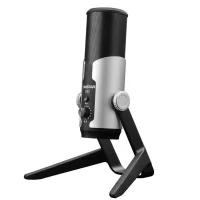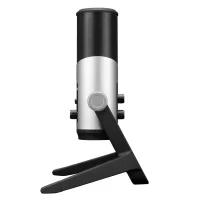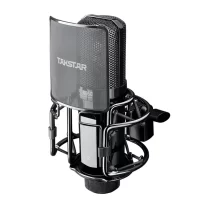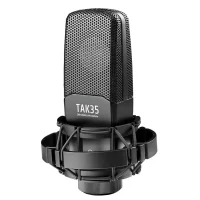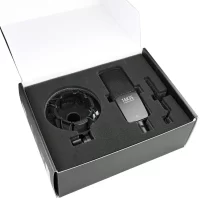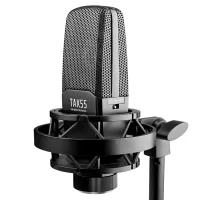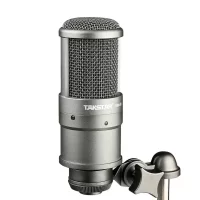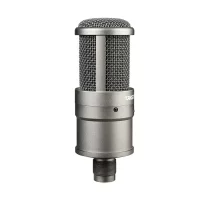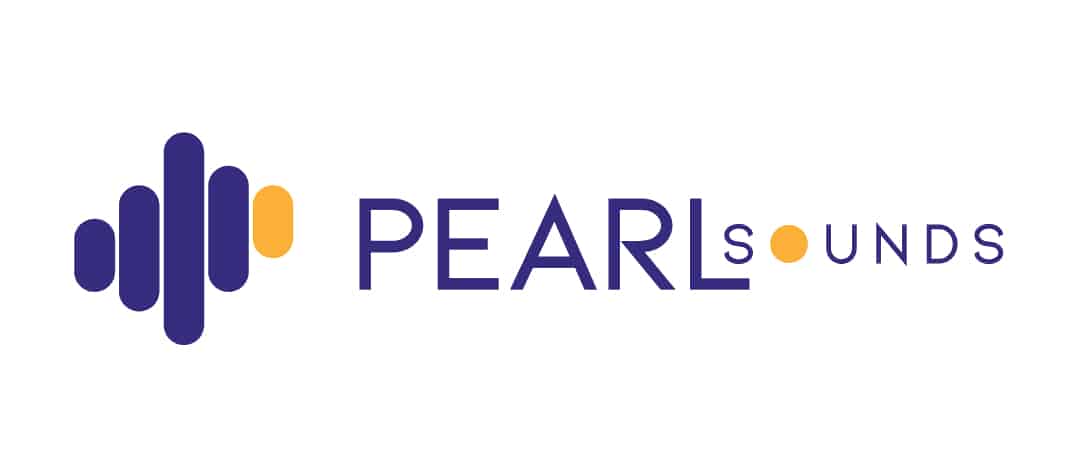MICROPHONES
- Condenser microphones: Condenser microphones are more sensitive than dynamic microphones, making them a good choice for recording vocals and other quiet instruments. Condenser microphones also have a wider frequency response, meaning they can pick up a wider range of sounds. However, condenser microphones are more expensive than dynamic microphones and require phantom power to operate.
- Dynamic microphones: Dynamic microphones are the most common type of microphone. They are relatively inexpensive and durable, making them a good choice for live performances and other situations where the microphone may be exposed to damage. Dynamic microphones are also good at picking up loud sounds
- Ribbon microphones: Ribbon microphones are a type of condenser microphone that uses a thin ribbon of metal to convert sound waves into electrical signals. Ribbon microphones are known for their warm, smooth sound and are often used for recording vocals and acoustic instruments. However, ribbon microphones are also very fragile and can be easily damaged.
Condenser microphones:
Most popular type of microphone for recording music. They are known for their accurate sound reproduction and their ability to capture a wide range of frequencies. Condenser microphones are also very sensitive, which means they can pick up even the quietest sounds. This makes them ideal for recording vocals, acoustic instruments, and other delicate sounds.
There are two main types of condenser microphones: dynamic and ribbon. Dynamic condenser microphones are the most common type. They are relatively inexpensive and easy to use. Ribbon condenser microphones are more expensive and delicate, but they offer a unique sound that is often used for recording vocals and acoustic instruments.
When choosing a condenser microphone, it is important to consider the following factors:
- Polar pattern: The polar pattern of a microphone determines how it picks up sound. There are four main polar patterns: cardioid, omnidirectional, figure-8, and bidirectional. Cardioid microphones are the most common type. They pick up sound from the front of the microphone and reject sound from the sides and rear. Omnidirectional microphones pick up sound equally from all directions. Figure-8 microphones pick up sound from the front and rear of the microphone and reject sound from the sides. Bidirectional microphones pick up sound from the front and back of the microphone and reject sound from the sides.
- Frequency response: The frequency response of a microphone determines how it reproduces sound. A flat frequency response means that the microphone reproduces sound accurately. However, some microphones have a boosted or cut frequency response, which can be used to achieve a specific sound.
- Sensitivity: The sensitivity of a microphone determines how loud it needs to be to produce a signal. More sensitive microphones can pick up quieter sounds.
- Price: They range in price from Ksh 8,000 to Ksh 130,000 for expensive brands like Neumann . It is important to find a microphone that fits your budget and your needs.
Once you have chosen your microphone, it is important to set it up properly. The microphone should be placed in a position where it will not pick up unwanted noise. The microphone should also be pointed in the direction of the sound source.
It is a versatile tool that can be used to record a wide variety of sounds. With proper care and use, condenser microphones can provide years of enjoyment.

